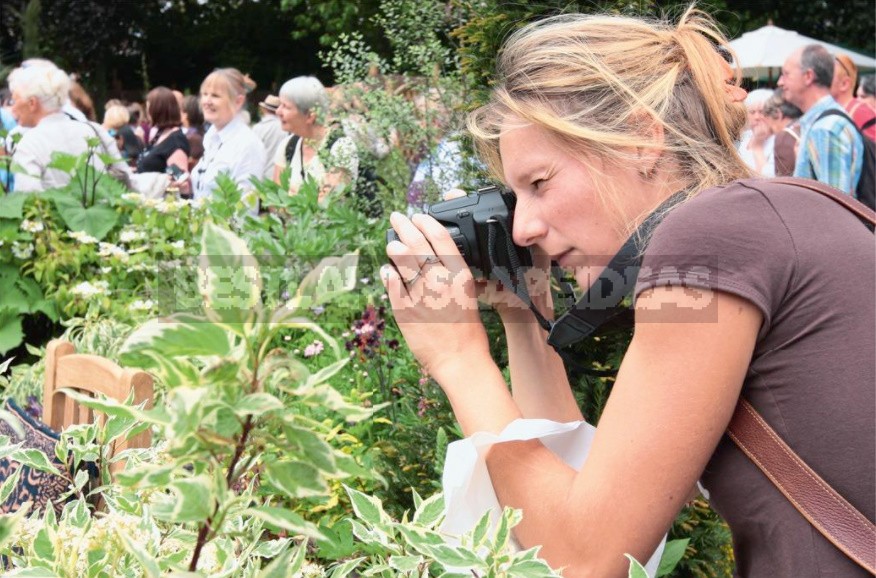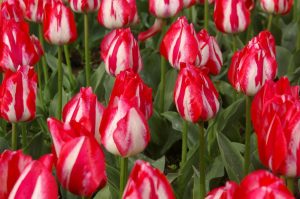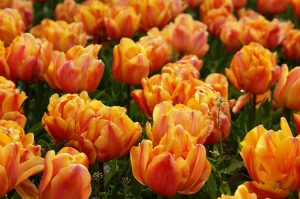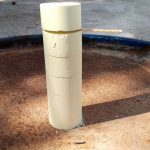Bright and spectacular landscape art festivals attract a lot of visitors. And each of them wants to keep useful ideas and “portraits” of their favorite plants not only in their memory. Today we will tell you how to do it better.
We all love to visit garden exhibitions, these exciting events are usually colored by a positive mood, both participants and visitors. It is quite natural that almost all guests come with cameras or smartphones, wanting to “perpetuate” their impressions in pictures. However, shooting at such events is very difficult. In fact, this is a synthesis of many photographic genres at once: landscape photography, which conveys the beauty of an object, reportage, recording fleeting events and emotions, and, finally, portrait, large-scale photography.

Important: the nature of the photo session depends on the purpose for which you need the photos taken — for posting on social networks, for advertising, for fixing the plant or garden reception that interests you, or just for memory.
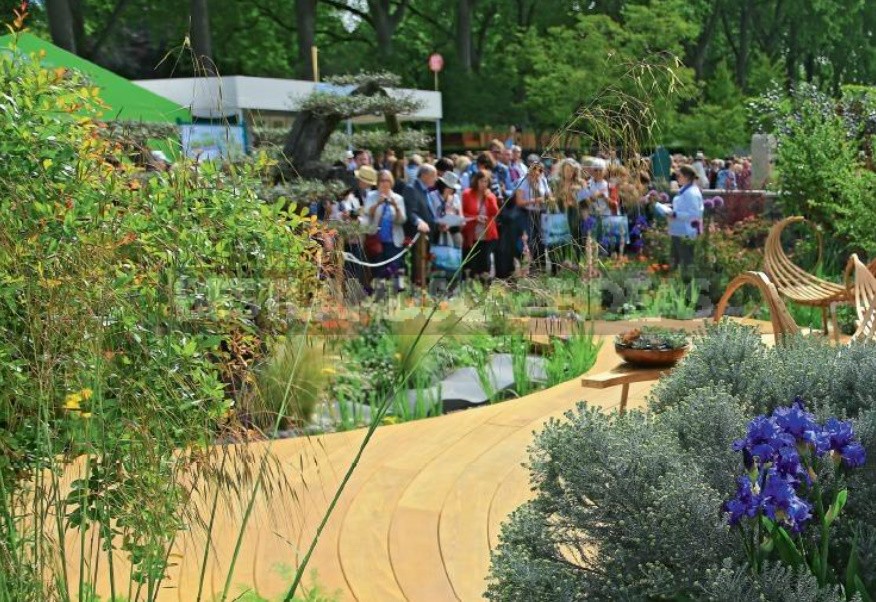
Once at a flower festival, the photographer experiences many difficulties of a different nature, which are not often encountered during a normal shooting in the garden.
First, the space for shooting here is almost always limited, which means that it is quite difficult to choose the right angle, because usually access to the object or its fragments is not available from all sides. Sometimes designers organize enclosed spaces in the garden, fenced off lounge areas that are poorly visible from the outside and require inspection from the inside. If access to the garden is closed, it can help to shoot from the top point, for example, from a ladder-ladder, some elevation, or simply from a sliding monopod raised above your head, on which the camera is fixed.
At outdoor exhibitions, there are difficulties with lighting, not to mention those cases when the festival or flower show takes place in a room where different light sources are used.
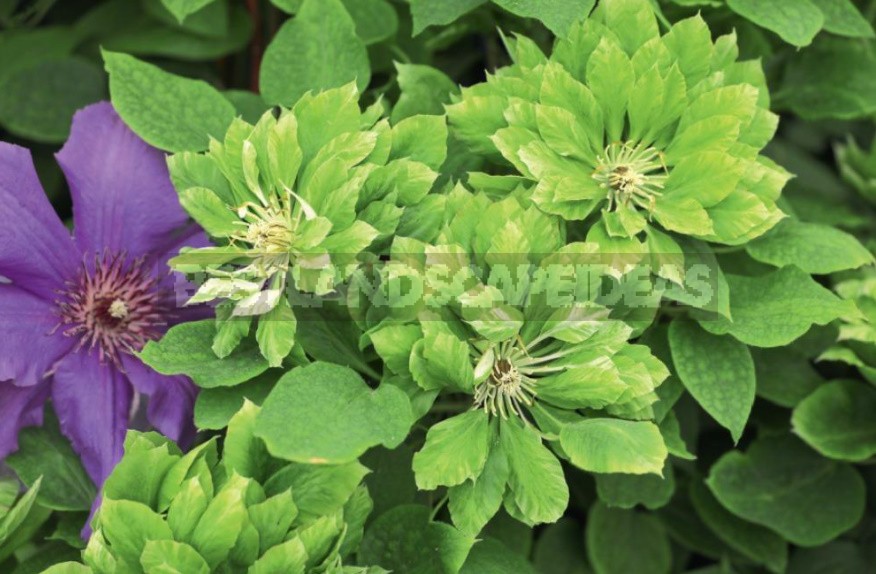
The first step is to set the camera’s white balance correctly and adjust the color rendering. This is especially important for photographers who shoot in JPG format. Otherwise, the colors in the images may be unnatural, and it is not always possible to correct them accurately in image editors.
It also happens that in places where you can shoot, the photographer is waiting for the counter, excessively contrasting sunlight directed directly at the camera. Therefore, in each case, you have to choose a special tactic: use a lens hood, apply exposure correction, or shoot a silhouette frame.
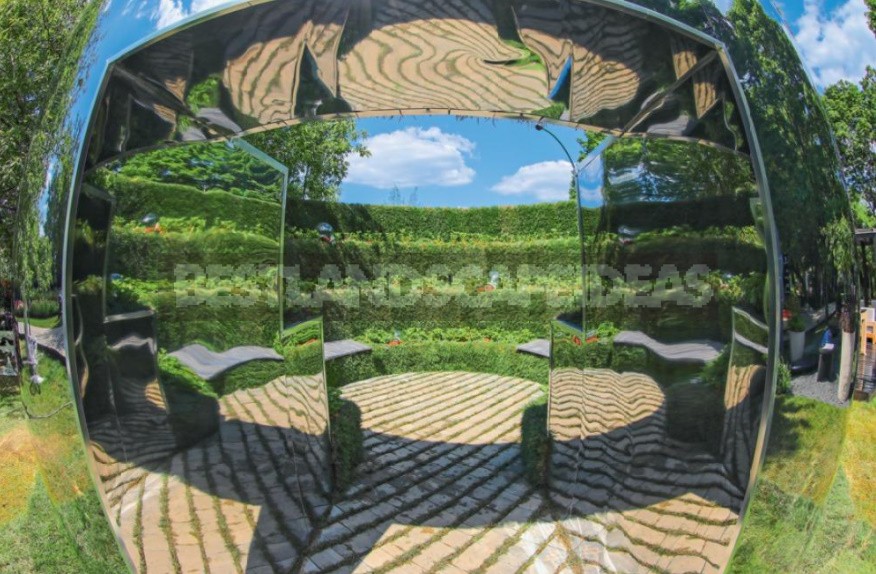
When shooting at exhibitions, you have to face another problem — a large crowd of people. Although it’s not very convenient for a photographer, other people have the same right to be there as you do. Numerous visitors, participants of the show at the stands, their colleagues and friends, other photographers-all these people will unwittingly interfere with the process of photographing.
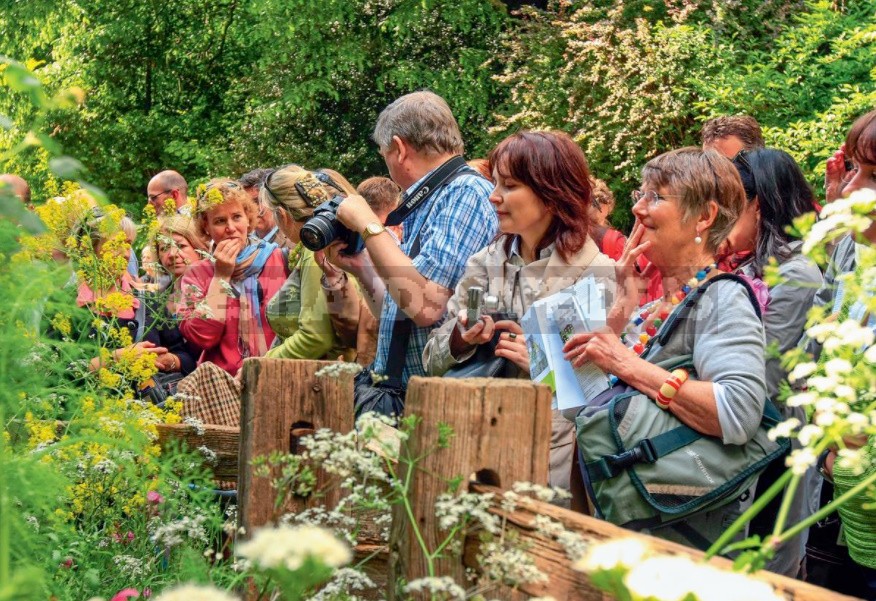
Therefore, one of the main organizational tips is to come to the shooting early, before the opening of the event, or better-even before the opening, if it is possible and you will be able to negotiate with the administration or the owners of the stand. An early visit will help you catch the best morning light, set up your camera in advance, choose good angles, and shoot exposures without crowding.
Do not hesitate to talk to people, smile warmly and ask them not to block the exposure and wait a minute while you take a picture. Believe me, not always, but in many cases the reaction to this will be positive.
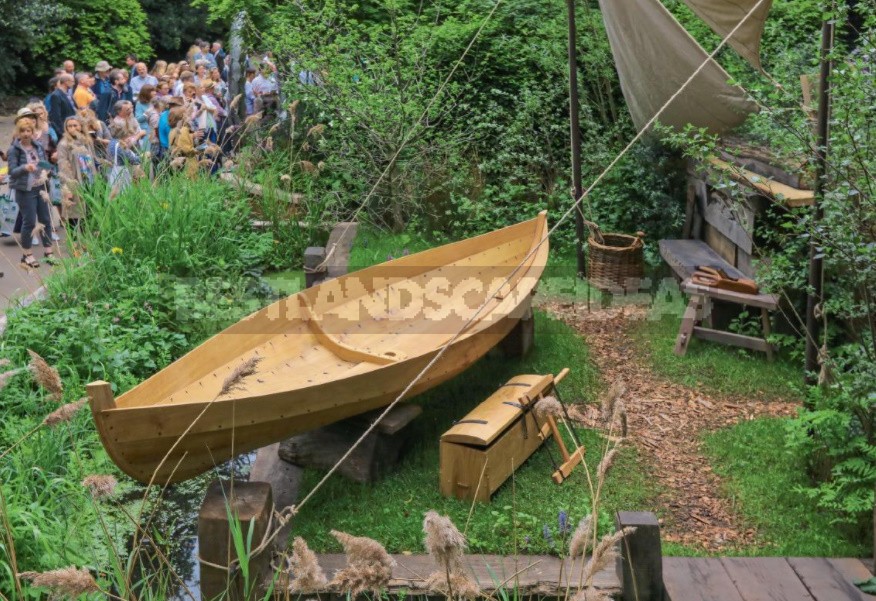
And one more tip for organizing shooting — use a tripod. Your images will be sharper and more accurate in composition, as the tripod disciplines the photographer. In addition, you will feel a change in attitude on the part of other visitors to the exhibition, some of them will be more attentive to your activities and may even begin to give up space for shooting. Especially if you have a solid tripod and camera.
